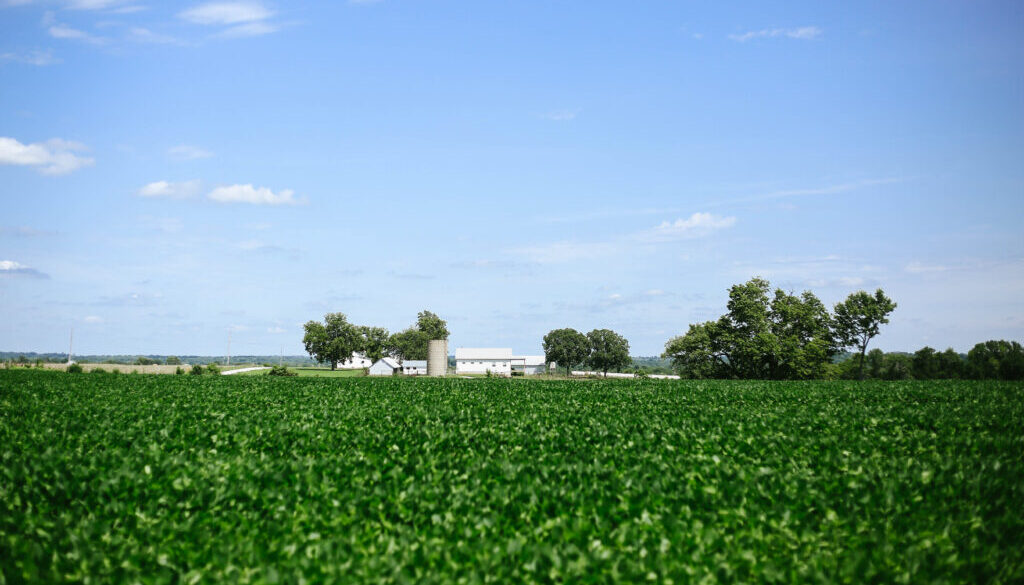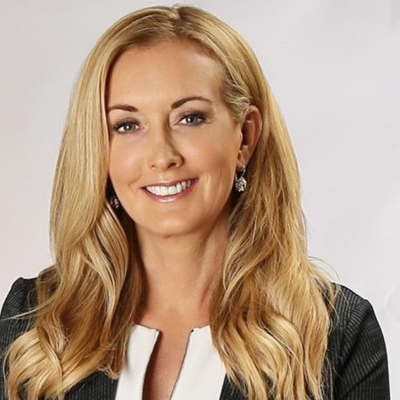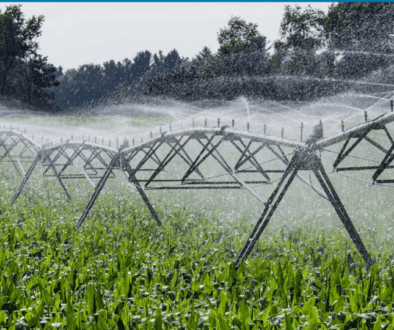Farmers testify in Congress for policies to support regenerative agricultural practices
By Luyi Cheng
Farmer Kara Boyd and her husband maintain 1,500 acres of land in southern Virginia for growing crops and livestock. Their farm employs regenerative agriculture practices such as no-till farming and conservative pesticide use that are meant to build healthy soil and increase food production.
Many researchers state that regenerative agriculture can also help farms build resilience against climate change and sequester carbon. But farmers like Boyd who hope to use regenerative methods face a lack of economic resources and restrictive policies.
Boyd was among a group of five farmers, ranchers, and a researcher who testified this week before a congressional subcommittee about a need for policies that support regenerative agriculture.
A farming crisis
Agricultural lands are losing over 5 tons of topsoil per acre every year while the average farmers debt has increased by about 4% every year since 1990, Boyd said in her testimony. Growing fuel and fertilizer costs over recent years have led to lower production yields and are forcing farmers to make difficult financial decisions to support their livelihoods.
On top of these issues, extreme weather events caused by climate change also threatens agricultural production.
However, small- or medium-scale and family farmers are struggling to earn enough money and compete with rates and practices controlled by corporate agribusinesses that control the majority of food markets.
“Our modern industrialized food system makes [regenerative agriculture] difficult to practice,” said Representative Ro Khanna, chairman of the House Committee on Oversight and Reform’s Subcommittee on Environment, during the hearing in his opening statement. “Federal policy supports inherently unsustainable practices.”
The United States Department of Agriculture (USDA) currently runs programs like the Environmental Quality Incentives Program and Conservation Stewardship Program, but they are underfunded and turn away over half of grant applicants requesting for support, according to Khanna.
These programs frequently fund practices that “do not rebuild soil health or ecological function, reduce emissions or sequester carbon,” Boyd stated in her written testimony. Instead, the money frequently supports growing crops used as livestock feed or producers who do not use regenerative practices.
Solutions through policy reform and funding
The United Nations estimates that global food production must increase to meet the world’s growing population. Yet, at the same time, experts warn that crop yields will decrease due to climate change.
“Support for farmers to learn and apply adaptation and mitigation practices has been provided to a limited degree by federal, state, and private programs in the past, but there’s room to do more,” Rachel Schattman, a professor of sustainable agriculture at the University of Maine, said in her testimony.
Financial support and incentives can help farmers and ranchers adopt new sustainable and regenerative practices, according to Schattman. These methods include avoiding grassland conversion, using more cover crops, rotating crops, and integrating livestock into managing crops.
Khanna stated his support for providing more funding to the USDA’s conservation programs and reforming policies to allow farmers to be more flexible and transition to regenerative practices
“We must enable farmers to be environmental entrepreneurs on their land,” said Khanna. “No one knows what’s best for the land better than those who work on it day in and day out.”




